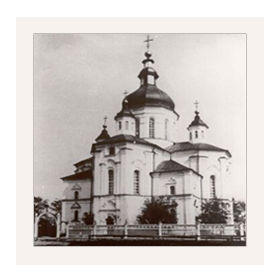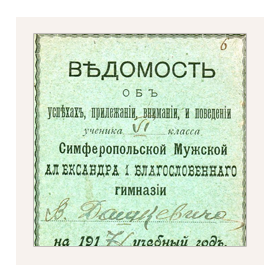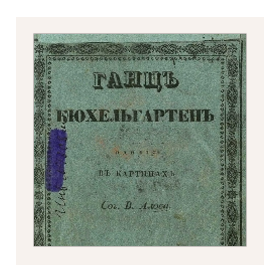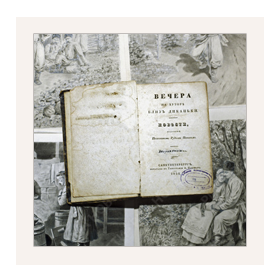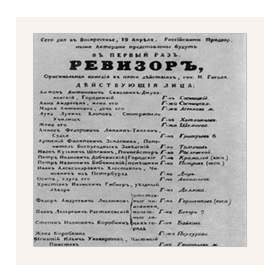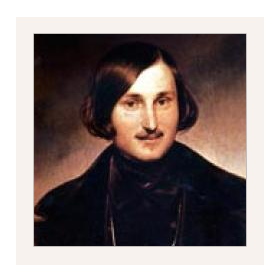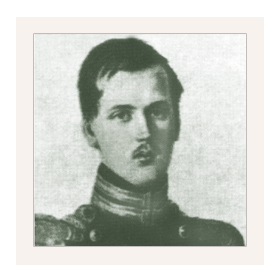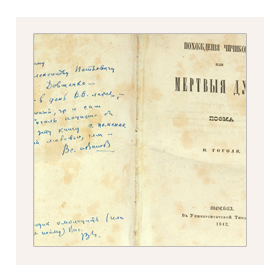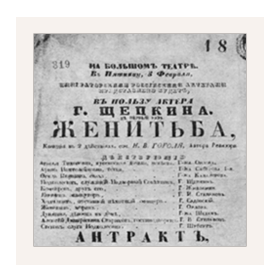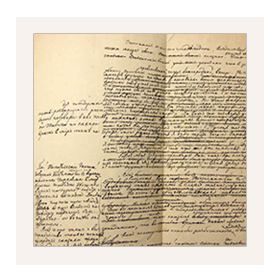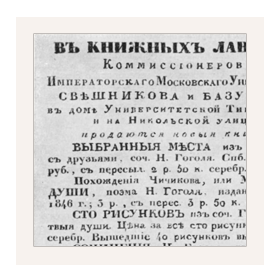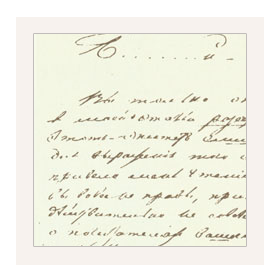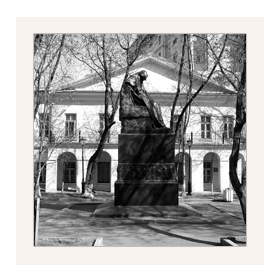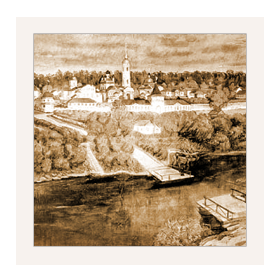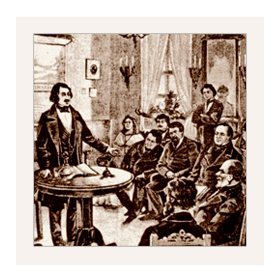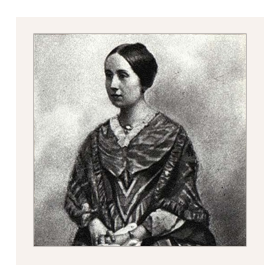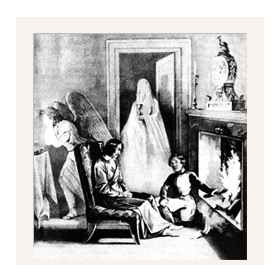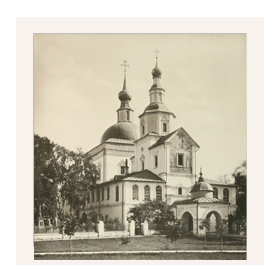History of the House
The house where Nikolai Gogol spent the last four years of his life has a long history of its own. A unique piece of architecture and culture, it was built before the 1812 Fire of Moscow and has several times changed hands and been reconstructed.
Its first known owners were the Saltykov boyar family in the early 17th century, when it was a country house outside the town. In 1693 the land lot belonged to a courtier Ivan Buturlin and later, up to the mid-18th century, it was in the possession of another family, the Plokhovos.
Owned by Maria Saltykova (1759–1793), the wife of a chamberlain and privy councillor, the estate already had a city address (“the Mostryukov lane in the 3rd Arbat quarter, No 323”). In 1802 it yet included a number of wooden buildings, both dwelling and non-residential. The stone mansion was about 30 metres long and 25.6 metres wide, after Saltykova had its separate chambers integrated.
Under the next proprietor, government official Dmitri Boltin (1757–1824), the house was extended to reach 47 metres in length. The annex, built between 1806 and 1809, is exactly the part where Gogol lived afterwards. 1809 also saw the completion of a two-storeyed offices with servants quarters.
The 1812 Fire destroyed the wooden constructions and severely damaged the mansion and the utility building forcing Boltin to move to his manor in Nizhny Novgorod.
In 1816 the estate became the property of major general Alexander Talyzin, a Borodino battle veteran. Apparently, the dwelling was restored by 1822.
Following the overhaul, the mansion and the utility building acquired similar stone arcades and balconies making for a more consistent architectural impression. The mansion's facade has remained unchanged since then.
After Talyzin's death in 1847, the estate passed to his relative, a minor official's wife. The same year, the upper floor of the mansion was rented by count Alexander Tolstoy, just back from Europe. His wife, Anna, most probably bought the estate as soon as late 1847 or early 1848. In December 1848, they welcomed Gogol who came to live with them.
According to the archives, in 1857 the estate still belonged to Anna Tolstaya. Wishing to add an extension on the northern side, she bought a neighboring land lot. In March 1876, under the next owner, Maria Stolypina, the wooden second floor in the eastern part of the mansion was rebuilt in stone.
Starting from 1878, the estate belonged to an actual state councillor's widow, Natalya Sheremetyeva, who had two second-floor windows walled up in 1889.
In 1909, the estate's last owner Maria Katkova installed fireproof stairs, still existent, into its western part.
After the 1917 Revolution, the mansion passed to the municipal fund and served as a residential house until 1964 (inhabited overall by 31 family or 77 people), when it was given to the permanent mission of the Kyrgyz SSR at the USSR Council of Ministers. By mid-1966 the building happened to include two organizations at once: the Kyrgyz mission and the editorial office of the Radio and Television magazine. The same year, however, it was handed over to municipal library No 2 which opened, in the new place, in 1971. In 1974, two museum rooms were established at the library. In 1979, the library was named after Nikolai Gogol. In 2005 the institution was transformed into the Central City Library — Memorial Centre “Gogol House”, and in 2009 — into State Budgetary Cultural Institution “Gogol's House — Memorial Museum and Research Library“.






